Bills are acknowledged within the interval they are incurred to generate revenue, regardless of when cash is exchanged. Liabilities are reported on the balance sheet against a company’s belongings and fairness. Firms need visibility into their liabilities to know the future payments they will want to make.
Despite the similarities, liabilities and bills are two distinct financial https://www.business-accounting.net/ ideas. They are recorded as an expense when incurred and as a liability until you pay them. Ramp’s automated expense administration platform tackles these classification challenges head-on.
Legal Responsibility Vs Expense: Difference And Comparison
You report bills on your company’s income statement, or profit and loss (P&L) assertion, and report them as revenue deductions. An expense is the value of working a enterprise, like salaries or utilities, which appears on the revenue assertion. A legal responsibility is an quantity your business owes to others, like a loan or an unpaid invoice, which is recorded on the stability sheet. Liabilities are listed on the steadiness sheet and characterize what the enterprise owes. They help enterprise house owners understand the company’s capability to meet financial obligations and the way much it depends on outside financing. The main distinction between liabilities and bills is that liabilities are money owed, representing what the company should still pay.
Key Takeaways
Importantly, these classifications usually are not exclusive, that means that an expense can be each a variable and an working expense.
Kinds Of Liabilities
Nonetheless, small companies make mistakes between these two whereas doing the accounting. Thus, as a enterprise owner, you should know the variations between expense vs legal responsibility accounts. For instance, if the corporate delays paying a vendor, accounts payable will increase, which might briefly improve money circulate. Nevertheless, when the bill is paid, it turns into a money outflow, decreasing the company’s obtainable funds. Inaccurately or incorrectly reporting them can impression your company’s financial well-being and decision-making. There are some differences within the recognition timing of liabilities and bills.
The platform’s intelligent categorization engine automatically acknowledges and properly classifies transactions based mostly on vendor data and spending patterns. If you’re still manually tracking your steadiness sheets, it could be time to explore accounting automation software. An accounting platform may help simplify and streamline the workflow by way of automation, saving you each money and time all through the method.
It Is basically the assets consumed or used up throughout a specific interval. Other examples of present liabilities embody wages payable, dividends payable, interest payable and unearned revenues—money obtained upfront for companies yet to be accomplished. There are three primary classifications of liabilities, including current (short-term), non-current (long-term), and contingent.
There are additionally non-current (long-term) liabilities on the steadiness sheet. These are obligations that have a compensation interval longer than one 12 months. Being in a place to distinguish between the 2 can improve your monetary planning and performance for the future. Right Here, we offer clear definitions of bills and liabilities in accounting, together with practical examples and guidance on tips on how to classify and record each. If you are just getting began with monetary management, you could wrestle with the difference between expenses and liabilities. It could seem trivial, however confusion over liabilities vs. expenses can lead to costly errors.
Monitoring each may help guarantee efficient money circulate management and long-term financial health. An expense refers again to the costs incurred by a enterprise throughout its operations, instantly impacting the income statement by lowering profit for the accounting interval. While bills are recognized when incurred, liabilities are recorded when a transaction takes place, no matter when fee is made. Understanding this distinction is significant expense vs liability for efficient monetary management and analysis of your company’s monetary well being. In distinction, a legal responsibility represents a future obligation, such as loans or accounts payable, which doesn’t affect the earnings assertion till settled. This implies that while bills directly affect your money move and profitability, liabilities can affect your financial well being over time without an instantaneous impact on earnings.
The aim is to clearly clarify if an expense is a liability and show the distinction. In order to outlive for a protracted interval, startups and small firms have to stretch their preliminary equity and debts as a lot as potential. Including up expenses as liabilities at this point can lower the fairness stage. A professional bookkeeper will ensure that expenses and liabilities are recorded in the proper place at the proper time.
- Once More, the whole amount of liabilities represents the company’s future financial obligations.
- To earn income, companies incur prices, which are for working regular enterprise operations.
- This is how liabilities, when managed wisely, help small companies thrive.
This automation eliminates the handbook work of reviewing every transaction and reduces the danger of misclassification that comes with human error. A unique sort of Expense account, Depreciation Expense, is used when purchasing Fastened Property. Pricey objects, similar to vehicles, gear, and computer systems, aren’t expensed, however are depreciated or written off over the life expectancy of the merchandise.
